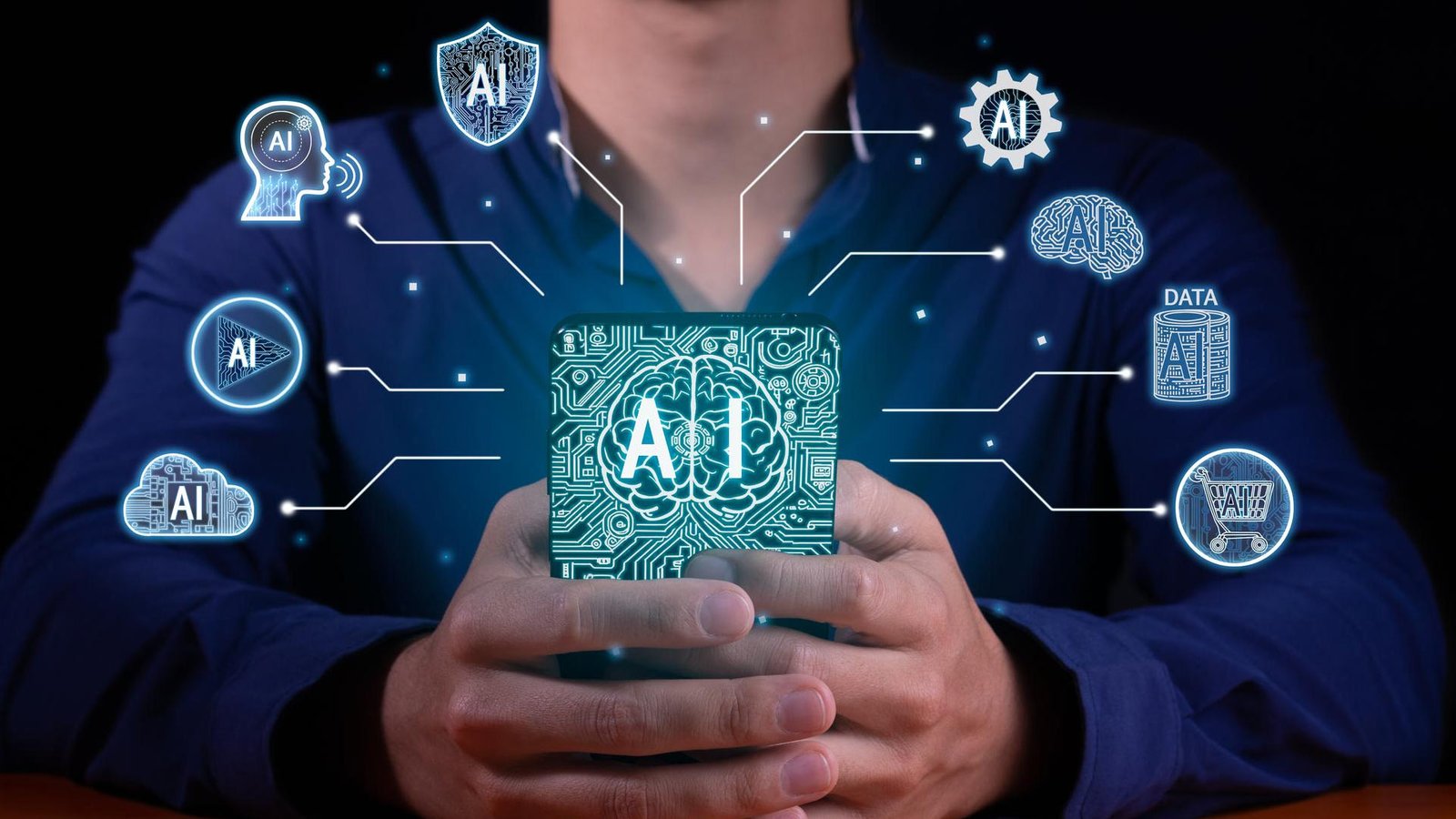Building intelligent experiences with context-aware AI that adapts, personalizes, and redefines enterprise growth.
Can AI ever be truly intelligent, knowing what we are saying, but not what our world is like?
That is the main dilemma many have to deal with when artificial intelligence is integrated into all working processes, customer relations, and business choices. The discussion in 2025 is different. The question is no longer: can AI do the data-scale process – it is whether AI can do the context interpretation and provide an intelligent experience that can be modified in real-time.
Table of Contents:
Why context shapes intelligence
Intelligent experiences demand situational awareness.
Adaptive AI systems redefine personalization.
Smart applications demand orchestration.
Human and AI partnership
Moving from vision to action
Why context shapes intelligence
Out of context intelligence is blindness. Information without situational awareness will result in wrong actions, inefficiency, and lost opportunities. Actually, according to Gartner, contextual awareness is one of the major drivers of adoption of enterprise AI by the year 2026; more than 40 percent will rely on it.
However, it is even in many organizations where speed is equated with intelligence. Quick reactions of AI models do not necessarily make these models smarter. Now the question that leaders have to pose is whether our AI systems are merely following orders- or are they changing according to the dynamism of human behavior, environment, and purpose?
Intelligent experiences demand situational awareness.
The most revolutionary AI uses are not only reactive but also proactive. Context-sensitive AI adapts dynamically based on environmental conditions, user actions, and past trends.
- In the field of healthcare, AI is used to modify the way it communicates with patients depending on their medical history and emotional state.
- AI is used in retail to predict intent based on micro-moments during both browsing and purchasing experiences.
- Anomalies detected in manufacturing are because the AI systems are aware of the environment in which the machine is operated, rather than the raw data of the machine itself.
This leads to a pressing question, however, how to reconcile the flexibility and the openness? The smarter our systems are created, the more urgent is the need to have ethical guardrails that would reflect that decisions are explainable.
Adaptive AI systems redefine personalization.
Personalization used to mean segmenting users into groups. Today, adaptive AI systems create fluid, individualized experiences by interpreting tone, location, device context, and even mood.
McKinsey’s latest analysis shows that adaptive AI integrated into enterprise workflows can increase efficiency by up to 30%. That number is impressive—but it hides a deeper risk. Hyper-personalization, if unchecked, can cross into manipulation. Executives must confront an uncomfortable truth: the same technology that deepens loyalty can erode trust if context-aware systems become intrusive.
Smart applications demand orchestration.
Context-aware AI is not about building bigger models. It’s about orchestrating smarter interactions across multiple data streams—sensors, user journeys, and behavioral signals.
We already see this in action:
- Automotive AI predicting driver fatigue through environmental monitoring.
- Financial services detect fraud by analyzing behavioral anomalies in real time.
- HR platforms track situational engagement to anticipate workforce attrition.
By 2027, analysts expect context-driven AI applications to be the baseline for competitive differentiation, not a future luxury.
Human and AI partnership
The smart experiences should be made to seem like collaborations rather than exchanges. This can be achieved by showing contextual sensitivity (not only what a user says but why, where, and under what conditions), and once AI can do this, it earns the trust.
But executives are still wary. The issue of privacy, algorithmic bias, and excessive dependence on adaptive systems are the common topics of discussion in boardrooms. The answer is in governing. Proactive companies are already experimenting with context governance models, combining transparency, explainability, and situational audits. These make AI responsible and accountable.
Moving from vision to action
But what is the appearance of strategic execution? Future-oriented organizations are starting with three distinct steps:
- Background mapping to learn user experiences, environmental cues, and changes in behavior.
- Orchestration of cross-functional data, encompassing signals of IT, operations, and customer-facing systems.
- Flexible forms of governance are needed in order to harmonize personalization, compliance, ethical standards, and brand loyalty.
Those companies that achieve this balance will develop loyalty loops in which AI-based experiences are not disruptive but rather intuitive. Instead of single-purpose, personalization campaigns, they will be transferred to living systems of interaction that evolve as naturally as human interactions.
With AI starting to understand what we say as well as where, when, and why we perform, the leadership stakes are obvious. Whether AI can provide context-aware intelligence or not is not the actual question because it does. The real issue is whether the executives will use this change strategically or get transformed by it.
Now, take it as an open debate: are your AI investments merely reactionary devices or are they developing into the drivers of contextualized growth that will characterise your industry in the future?
Discover the latest trends and insights—explore the Business Insights Journal for up-to-date strategies and industry breakthroughs!

